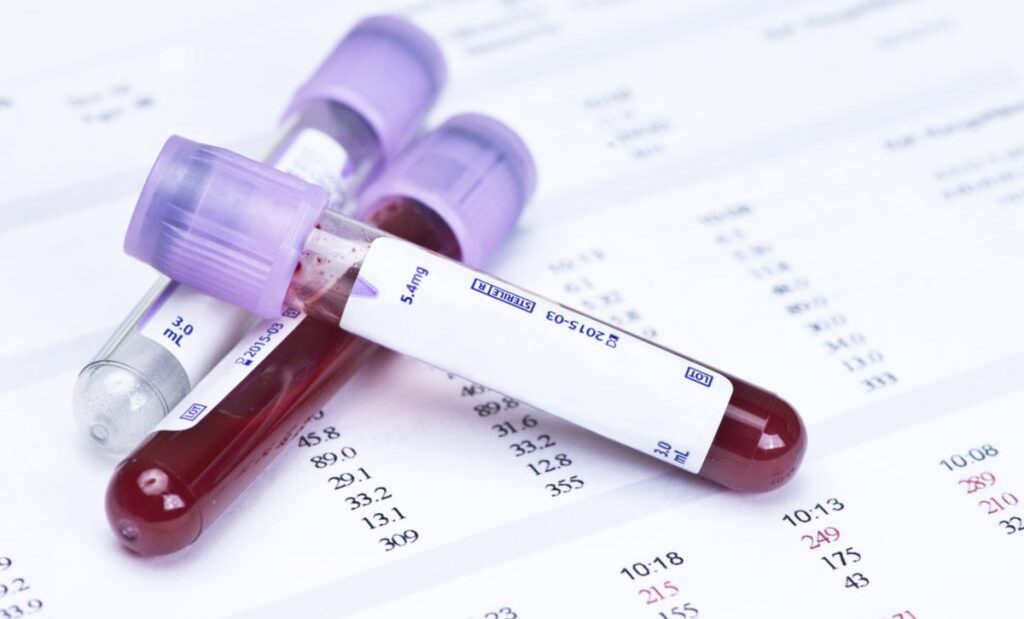What is a fasting plasma glucose test?
A fasting plasma glucose test helps measure glucose in the blood. It is one of the simplest methods to diagnose diabetes and provides relatively accurate results. It also comes in other names, such as fasting blood glucose test or fasting blood sugar test.
When do you need a fasting plasma glucose test? The FPG test is highly recommended for people 35 years and above. Since both type 2 diabetes and gestational diabetes often develop without symptoms, this test will help identify the presence of these conditions. Other than that, the FPG test is necessary for the following situations:
- part of an annual physical exam
- during pregnancy
- in case of obesity or overweight
- if the patient frequently experiences episodes of blood glucose surge
What to expect in a fasting plasma glucose test?
If you have a scheduled FPG test, you need to fast for 8 to 12 hours. This explains why doctors recommend taking the test early in the morning. Avoid eating or drinking 8 hours prior to your test. The screening will also take place in a laboratory, hospital, or clinic.
The procedure for this type of test is similar to any blood test. Your healthcare professional will draw blood from your vein and have it tested. The steps are:
- The area inside your elbow should be sanitized with an alcohol swab or cotton.
- An elastic band should be tied around your upper arm to fill the veins in your arm with blood.
- A new sanitized needle is inserted into the vein.
- The healthcare professional will then draw a blood sample into the vial that is attached to the needle.
- After drawing enough blood, the band and needle are removed.
- Cotton and bandage are placed on the injection site to stop the bleeding.
How about the results of the FPG test?
Below are the standard results for the said test and will help diagnose diabetes:
Normal fasting plasma glucose levels – 99 mg/dL or lower
Prediabetes – 100 – 125 mg/dL
High blood sugar (diabetes) – 126 mg/dL or above
At-home testing kits are available to let people with diabetes know their blood sugar levels. However, they are not advisable for initial diagnosis purposes. At-home test kits work best if the patient has already received a diagnosis of high blood sugar.
If you experience signs and symptoms of diabetes, consult with your healthcare professional immediately and ask for a blood test. The FPG test is a helpful method to know your health status and learn about your blood sugar levels.
Doctor’s Recommendation
After a blood draw or finger prick, it’s normal to feel some minor pain and bruising, but these usually go away on their own. Here are some tips to help you heal faster:
- If the bandage feels comfortable, keep it on for a few hours or until the bleeding stops.
- Avoid heavy lifting and intense exercise.
- Don’t wear tight clothing around your arms.
- If you notice bleeding, apply firm pressure with your fingers on the puncture site.
- To reduce swelling and pain from bruises, apply a cloth-covered ice pack to the area for about 20 minutes.



